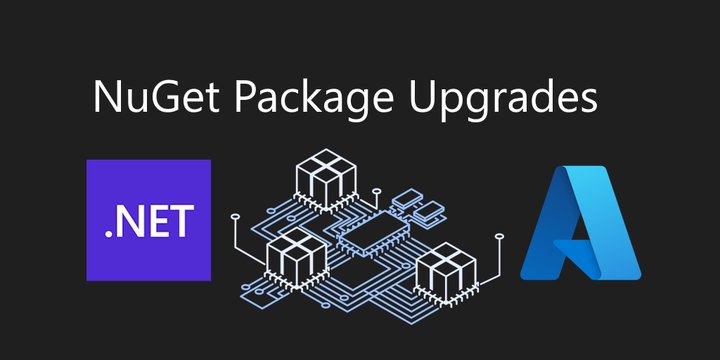NuGet Package Upgrade - WindowsAzure.Storage To Azure.Storage.Blobs
Microsoft deprecated the WindowsAzure.Storage library in favor of Azure.Storage.* libraries, which offers a modernized API with better performance, security, and maintainability. However, migrating from the older package to the newer ones can present challenges due to significant API differences and breaking changes.
This article explores these challenges and provides a step-by-step approach to migrating blob storage operations.
Key Differences Between Packages
Deprecated package
| |
New package
| |
The new SDK introduces a more efficient design based on modern .NET principles. Some of the major differences include:
- No direct equivalent for
CloudBlockBlob,CloudPageBlob, orCloudBlobDirectory - Different approach to listing blobs (hierarchical listing vs. flat listing)
- New async paging methods for blob enumeration
- Updated authentication mechanisms
Migration Example: Listing Blobs in a Container
Below, I am comparing the old implementation with the new one.
Old Implementation (WindowsAzure.Storage)
| |
New Implementation (Azure.Storage.Blobs)
| |
Challenges and How to Overcome Them
CloudBlockBlobandCloudPageBlobAre No Longer Available
- In the new SDK,
BlobItemrepresents blobs, andBlobPropertiesstores metadata. - The
IsBlobproperty helps differentiate between blobs and directories.
- No
CloudBlobDirectoryEquivalent
- Instead of
CloudBlobDirectory, the new SDK usesPrefixto represent virtual directories.
- Continuation Tokens Work Differently
- In
WindowsAzure.Storage, pagination usesBlobContinuationToken. - In
Azure.Storage.Blobs, pagination is done viaAsPages()with a continuation token string.
- Different Methods for Listing Blobs
ListBlobsSegmentedAsync()is replaced byGetBlobsByHierarchyAsync().AsPages().- The new approach allows for hierarchical navigation using delimiters.
Conclusion
Migrating from WindowsAzure.Storage to Azure.Storage.Blobs requires adapting to a more modern, efficient API. The transition is not always straightforward, as there are significant differences in class structures, methods, and pagination mechanisms. A direct conversion is not possible in many cases, requiring us to rethink the implementation.
While these changes can be challenging, they ultimately lead to better performance, improved security, and more maintainable code. Try understanding these differences and planning the migration carefully.

Join the conversation! Share your thoughts and connect with other readers.